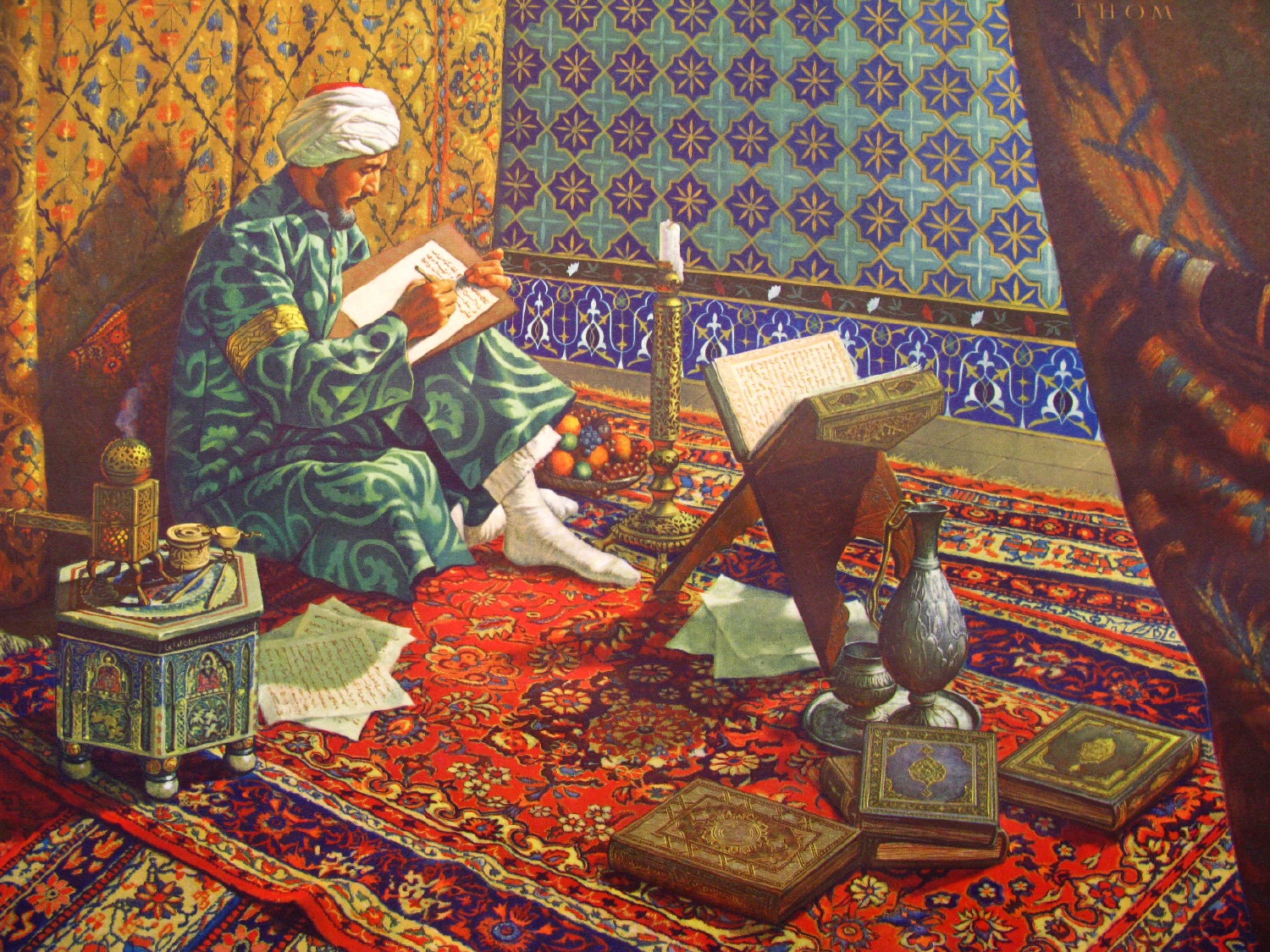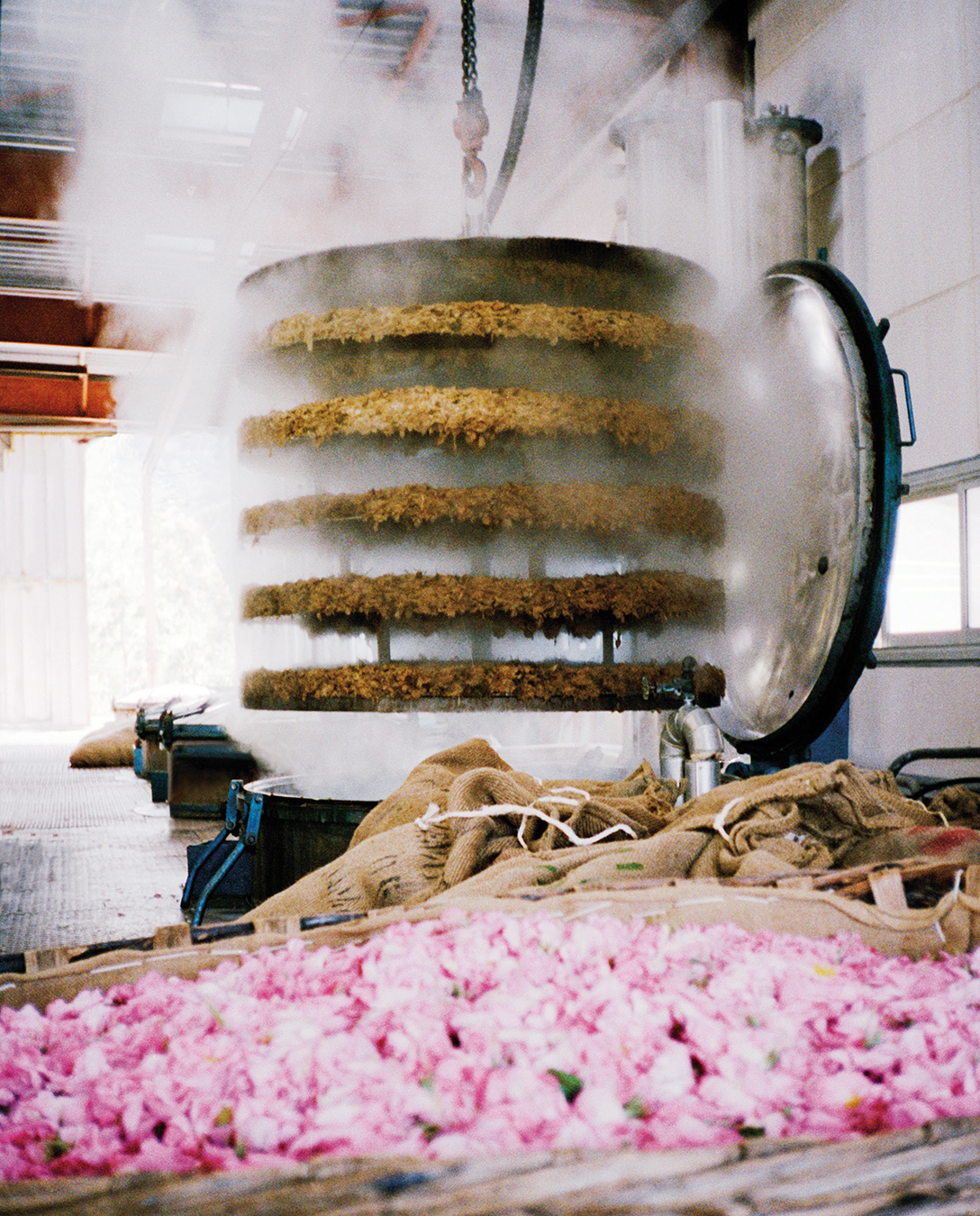A History Of Perfume Making
By Something CuratedThe long and storied history of perfume spans thousands of years, with the earliest remnants of perfume making practices hailing from ancient Egypt, Mesopotamia, and Cyprus. The English word “perfume” is derived from the Latin “per fume,” meaning “through smoke.” It is widely believed that the ancient Egyptians were the first to introduce perfume into daily life, followed by the ancient Chinese, Indians, Israelites, Carthaginians, Arabs, Greeks, and Romans. Archaeologists in Cyprus have discovered some of the oldest perfumes known to exist, thought to be over 4000 years old. A cuneiform tablet from Mesopotamia, dating back more than 3000 years, identifies a woman named Tapputi-Belatekallim as the first recorded perfume maker. But perfumes could also be found in India at a similar time. One of the first documented distillations of attar, an essential oil derived from botanical or other natural sources, was mentioned in the Hindu Ayurvedic texts Charaka Samhita and Sushruta Samhita.

Along with perfume, the Egyptians are also credited as the inventors of glass, and perfume bottles were one of the first common uses for the material. Persian and Arab chemists helped systemise the production of perfume and its use spread throughout the world of classical antiquity. The Arabian polymath Ibn Sina, known in the West as Avicenna, is attributed with developing the method of distillation that led to the creation of liquid perfume. Islamic cultures contributed significantly to the development of Middle Eastern perfumery in two major areas — refining the extraction of fragrances through steam distillation and introducing new raw materials. Both have greatly influenced Western perfumery and scientific developments. Islamic nations advanced perfume production and continued to use perfumes in daily life and in practicing religion, utilising oud, roses and amber, among other materials. As prolific traders, Islamic cultures such as the Arabs and Persians had wider access to an assortment of spices, resins, herbs, precious woods and animal fragrance materials such as ambergris and musk.

In addition to trading, many of the flowers and herbs used in perfumery were cultivated by Muslim communities, for example, rose and jasmine were native to the region, and many other plants such as bitter orange and other citrus trees imported from China and southeast Asia could be cultivated in the Middle East, and are to this day vital ingredients in perfumery. It was the Muslim world that critically helped catalyse the international trade of perfume. Fragrance and fashion were palpably allied in Grasse, France, when 13th century glove makers were looking for a solution to deal with the unpleasant smell of the urine-tanned leather they worked with. Local perfumers came to the rescue of the tanners and scented gloves became popular in European society. The 16th century saw the popularity of perfume grow exponentially in France, particularly among the upper classes and nobles. With the influence of the court of Louis XV, everything became perfumed; they used it in their bathwater, in poultices, to scent books and garments, and even ingested it with wine or dropped on sugar crystals.

With the 18th century invention of eau de Cologne, referring to a family of fresh fragrances distilled using extracts from citrus, floral, and woody ingredients supposedly first developed in Cologne, Germany, the perfume industry continued to flourish, slowly becoming accessible to a wider market. Akin to fashion, fragrance has long provided an opportunity to present individuality and social status, as well as capturing and establishing feelings of well-being. Not much has changed in the processing of perfume ingredients over the centuries. Diverse botanicals are picked and collected by hand, and distillation, in which steam draws the essential oils from the plants, remains one of the prime methods for extraction. Today, perhaps the biggest shift that has occurred in the perfume industry is the laboratories’ dependence on computer technology, not only to ascertain and maintain quality and consistency, but also offering perfumers new ways to communicate and develop original formulas with greater precision.
Feature image: Glass aryballos (perfume bottles), Greece. Late 6th–5th century B.C. Photo: The Metropolitan Museum of Art